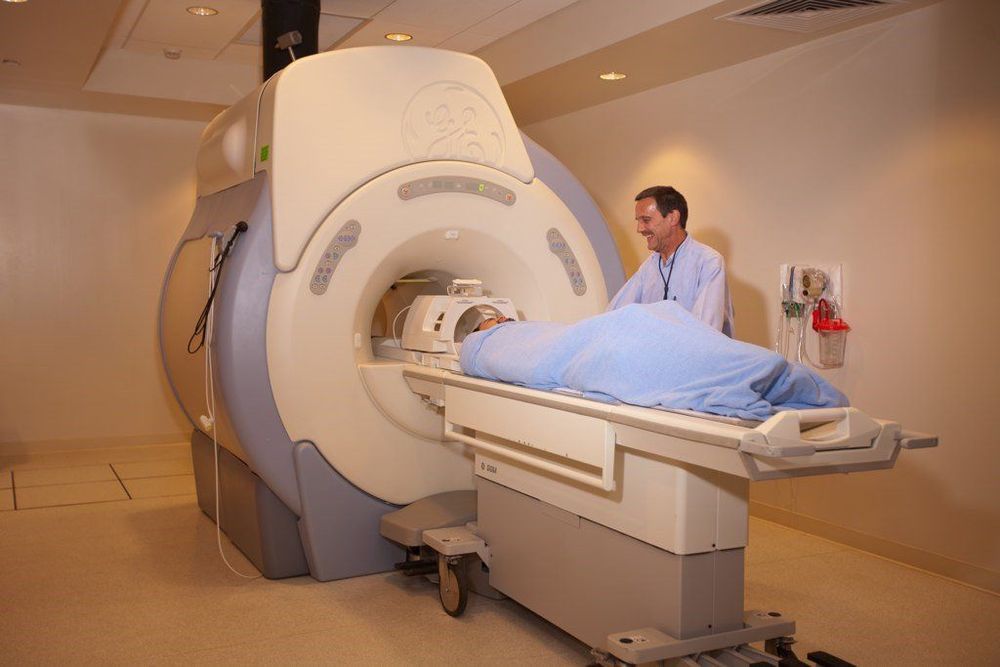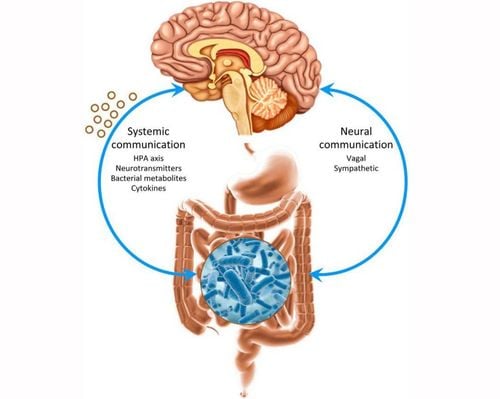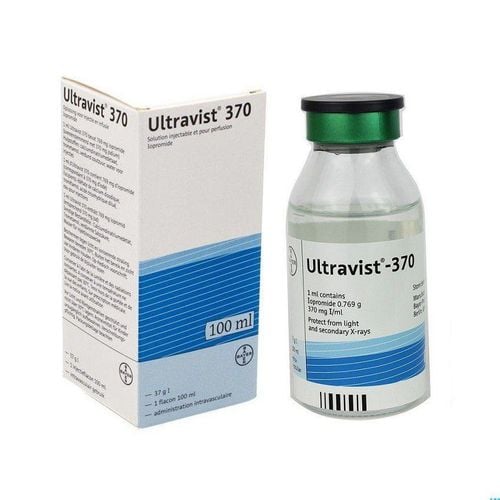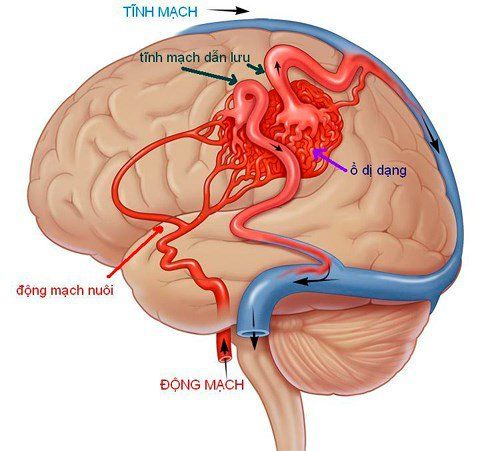This is an automatically translated article.
The article is professionally consulted by Dr., Doctor Tran Nhu Tu - Head of Diagnostic Imaging Department - Vinmec Danang International General Hospital.
Computerized tomography (CT scanner) can help detect abnormalities of nerves, skull, respiratory, digestive tract, early detection of cancers, early diagnosis of stroke cases... Especially Computed Tomographic Angiography (CTA) is a modern method applied in many developed countries around the world to help early detect diseases related to cerebrovascular abnormalities.
1. What is a CT angiogram?
Computed Tomographic Angiography (CTA) is an advanced non-invasive imaging technique to examine blood vessels in the brain. The doctor uses contrast dye injected into a vein to show blood vessels. A scanner is used to take pictures of the blood vessels, which are then reconstructed in 3D using computer software.
Thanks to this 3-D image, doctors can accurately diagnose the structure of blood vessels in a number of diseases such as aneurysms, intracranial or extracranial stenosis, (risk of) stroke...

Mô phỏng chụp CT tưới máu não
2. Indications and contraindications for CT
Indications:
Currently, CT angiography of the brain is indicated for the following cases:
People with frequent headaches: to assess the circulatory capacity of cerebral blood vessels, so that early diagnosis can be made. abnormalities in cerebral blood vessels. The accompanying skull CT scan is also used for diseases such as brain tumors, cerebrovascular accident, brain degeneration, brain birth defects... CT scan to diagnose brain vascular abnormalities is a very Useful for screening in asymptomatic individuals or in those at risk for cerebral aneurysms, cerebral artery stenosis/occlusion. This will help patients proactively prevent the risk of stroke. Acute fulminant cerebral infarction: Cerebrovascular CTA in combination with cerebral perfusion imaging (perfusion) allows very early diagnosis of fulminant cerebral infarction, detection of occluded, narrowed blood vessels for prompt intervention for the disease. core. Brain tumor: Investigation of tumor perfusion and blood vessels feeding the tumor. Contraindications
Patients with severe renal and hepatic impairment Patients with a history of allergies should receive anti-allergic treatment first Pregnant patients need to be shielded to protect the fetus Things to note when taking CT angiography Brain:
People with a history of cardiovascular disease, thyroid disease, asthma are at risk for rare side effects of this technique. Pregnant women need a doctor's prescription before performing the technique. Before having a CT scan with contrast, the patient needs to fast for several hours.

Đối tượng chỉ định và chống chỉ định chụp CT là những ai?
3. Advantages - disadvantages of CT angiography of the brain
Advantages:
Is a non-invasive method For clear images, high image resolution. The capture time is quick, which is very suitable in emergencies such as stroke. Prompt and rapid assessment of blood flow (4 weeks post-treatment). Assess the effectiveness of the treatment earlier, so that there is a timely plan for the next treatment (if necessary). Cons:
CT is more limited than MRI in brain parenchymal lesions. Allergy to contrast The patient is subject to radiation. With the means of a 640-slice CT scanner, Vinmec Danang International General Hospital performs a fairly routine CT angiogram with a very high success rate and gives accurate diagnosis of cerebrovascular abnormalities. .
To register for examination and treatment at Vinmec Danang International General Hospital, customers can call Hotline: 0236 821118 or register online HERE.














